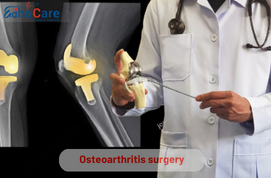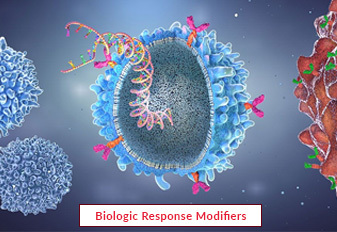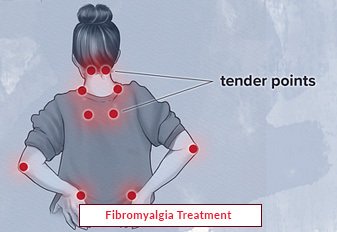Osteoarthritis surgery

Osteoarthritis surgery can be considered as conventional therapies fail to alleviate the symptoms of stiffness, discomfort, and loss of function. Frequently utilized surgeries include surgeries, which straighten bones to relieve pressure on the injured joint, and arthroscopies, which treat harm to tissue with minimally invasive techniques. In order to restore function and reduce pain, replacement surgery for joints, such as complete knee or hip arthroplasty replaces damaged surfaces of joints with artificial implants. In other situations, joint fusion—which fuses bones together to stabilize a joint—may also need to be taken into consideration. For those with arthritis, operations have the aim to increase mobility, reduce pain, and improve their overall standard of life. In order to achieve the best results, post-operative rehabilitation is frequently included.
Book an Appointment
About Osteoarthritis surgery
Osteoarthritis Symptoms: Joint discomfort, stiffness, and a decreased range of movement are common symptoms of osteoarthritis. Along with these other possible side effects, afflicted joints may swell, become uncomfortable, or grow bone spurs.
Osteoarthritis Causes: When cartilage in joints deteriorates, bone-on-bone contact outcomes, which in turn causes inflammation. This is how osteoarthritis begins. The most common causes include genetics, age-related obesity, joint damage, and repetitive stress on joints.
Osteoarthritis Remedies: Treatment goals involve decreasing pain, enhancing the mobility of joints, and delaying the development of the disease. Options include alternative treatments like physical therapy and joint preservation techniques, drugs (such as pain relievers and anti-inflammatory medications), and modifications to lifestyle (like physical activity and weight control).
Procedure of Osteoarthritis surgery
Preoperative Assessment: To ascertain the most effective surgical strategy and gauge the degree of injury to the joint, the patient is given a thorough evaluation prior to surgery. This evaluation includes a review of their medical records, a physical exam, and imaging procedures such as Magnetic resonance imaging (MRI or X-rays).
anesthetic: To ensure a patient's relaxation and security throughout the treatment, general or regional anesthetic is given. The type of procedure being performed and the patient's general condition are two factors to consider when choosing anesthesia.
Incision: To access the joint space, an incision for surgery is created across the ailing joint. The precise treatment that's being carried out determines the incision's dimensions and position.
Joint Preparation: Damaged surfaces of joints are eliminated during joint replacement procedures (such as a knee replacement or hip arthroplasty), and the bone is reshaped to make room for the prosthesis parts. To relieve the pressure on the injured joint, different therapies including surgeries and joint fusions may include realigning or fusing together the bones.
Implant Placement: To replace the damaged surfaces in a joint, prosthesis components comprised of ceramic, metal, or plastic are firmly inserted. Because these components are made to resemble the joint's natural functioning and structure, mobility is increased and discomfort is decreased.
Closure: To encourage recovery and avoid getting sick, the wound is closed with a sterile dressing and sutures or staple when the procedure for surgery is finished.
Postoperative Care: After surgery, the patient is monitored in the recovery room for any immediate complications. Pain medication, antibiotics, and blood thinners may be prescribed to manage pain, prevent infection, and reduce the risk of blood clots. Physical therapy is initiated shortly after surgery to promote joint mobility, strengthen muscles, and facilitate recovery.
Require Assistance?
Get A Quick Callback From Our Healthcare Experts
Other Specilities We Cover

Biologic Response Modifiers

Lupus Erythematosus




